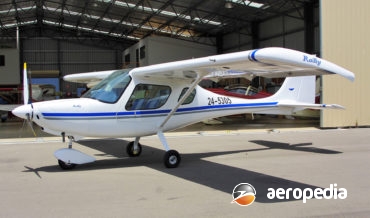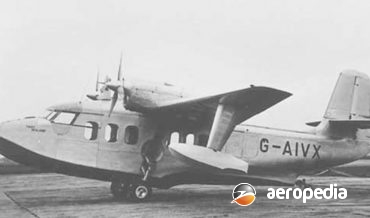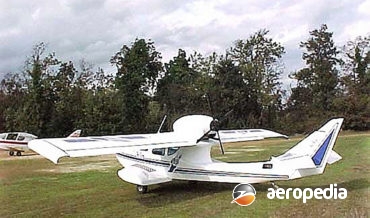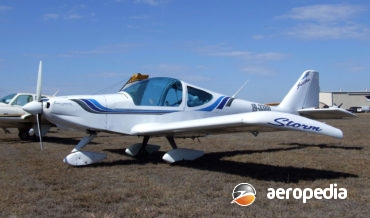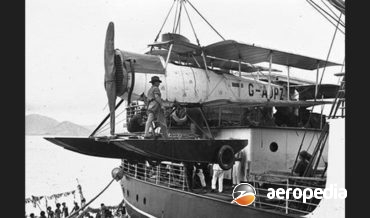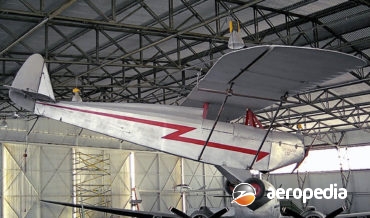All Contents
Contents
The Storch Moose was the last in the line of STOL aircraft produced by Storch Aviation of Beechwood, NSW, and is the largest and most powerful aircraft in the range.
David C. Eyre
- May 8, 2019
The DSA-1 Miniplane (DSA - Darned Small Airplane) was designed, and the prototype built, by Frank W Smith as a small open cockpit biplane of relative simple construction, to be constructed by amateur builders, and to be capable of some aerobatics.
David C. Eyre
- May 8, 2019
Designed and developed by Nestor Slepcev at Beechwood on the mid-north coast of New South Wales, the Storch is a three/quarter scale replica of the Luftwaffe Fieseler FI-156 Storch STOL communications aircraft.
David C. Eyre
- May 8, 2019
The Super Storch is a development of the Storch by what became Storch Aviation at Beechwood on the NSW north coast.
David C. Eyre
- May 8, 2019
The Mynah 2 was a one-off homebuilt light biplane aircraft and although designed by Wallace and Robert McNair, it had no resemblance or linkage with the McNair Mynah, which is dealt with elsewhere.
David C. Eyre
- May 8, 2019
The T-67 Firefly series was a development by Slingsby Aviation of the Fournier RF-6B two-seat aerobatic club trainer designed in the early 1970s and built with a steel-tube fuselage with fabric covering, and a wood with fabric covered wing.
David C. Eyre
- May 8, 2019
The CA-22 was built for ultralight regulations and development of the JAR/VLA variant produced the CA-22A and this became the first Australian-built aircraft to be certified in the Normal Category, but ultralight certification was also available.
David C. Eyre
- May 8, 2019
Designed by Egon Scheibe, this series of self-launching gliders was introduced in 1968 by the German firm, Scheibe, which commenced production of a side-by-side two-seat dual-control training version of the SF-24A Motorspatz.
David C. Eyre
- May 8, 2019
Following the success of the Kitfox in Australia, development of the series by Calair, a division of Hedaro International Pty Ltd, lead to the CA-22, the first flight of this model being made on 22 June 1990, this being certificated to CAO 101.55 standard, followed by development of JAR-VLA version
David C. Eyre
- May 8, 2019
The Genesis is a two-seat, side-by-side, light touring and training aircraft supplied in kit form by SlipStream Industries Inc of Davenport, Idaho.
David C. Eyre
- May 8, 2019
The Skybaby is one of many ultralight aircraft designed and manufacturers in the 1980s to meet US FAR 103 Ultralight Vehicle regulations.
David C. Eyre
- May 8, 2019
Designed by Stelio Frati, and built by a company known as Aviamilano in Italy, the prototype of this high-performance cabin monoplane was flown for the first time on 15 July 1964.
David C. Eyre
- May 8, 2019
The S-76 was developed solely as a medium-lift helicopter for the commercial market, in particular the oil-drilling industry.
David C. Eyre
- May 8, 2019
The S.42 was a commercial flying boat designed by Igor Sikorsky to meet a requirements of Pan American World Airways, Juan Trippe, president of Pan Am, requesting in June 1931 designs from six aircraft manufacturers for an aircraft able to span the World’s oceans.
David C. Eyre
- May 8, 2019
The S-92 was built to fulfill a number of roles, including offshore oil transport, executive transport, search and rescue, and as a short-range airliner.
David C. Eyre
- May 8, 2019
Designed by Igor Ivanovich Sikorsky, the renowned former Russian aircraft engineer, The S-38 was a development of the S-36, which was Sikorsky’s first amphibian, and which seated eleven.
David C. Eyre
- May 8, 2019
In 1928 Mr O E Simmonds decided to design and manufacture a series of light biplanes for sale to the public, with the main design aim being to make as many parts interchangeable as possible to save costs.
David C. Eyre
- May 8, 2019
Following the success of the S-38 series, Sikorsky designed the S-39 specifically aimed at the sportsman pilot, the first production S-39A being flown in the National Air Tour of the United States in 1930.
David C. Eyre
- May 8, 2019
The HH-1 Hawker Hurricane was designed by Fred G Sindlinger in Washington as a ⅝-scale replica of the famous Battle of Britain fighter of World War II, being aimed at representing a scale version of the Hurricane IIc.
David C. Eyre
- May 8, 2019
Developed from the Sikorsky R-4 (the Vought Sikorsky Model 316A), which was the first helicopter produced for the US armed services in quantity, the Vought Sikorsky Model 327 followed the design layout, with main and tail rotors shaft-driven from an engine in the fuselage, but it was a completely new
David C. Eyre
- May 8, 2019
Designed by Captain A M Sisler in Minnesota in the USA, the prototype of the series, known as the SF-2 Whistler, received the “Outstanding Design Contribution” award at the 1973 Experimental Aircraft Association fly-in at Oshkosh in Wisconsin.
David C. Eyre
- May 8, 2019
Sikorsky began development of a general-purpose helicopter to meet US military requirements in 1948, a contract being received from the US Air Force for five examples of the new design, known as the S-55 or H-19.
David C. Eyre
- May 8, 2019
For hundreds of years man has been interested in flight, and many have been interested in man-powered flight.
David C. Eyre
- May 8, 2019
The S-58 series was a development of the S-55 and was aimed at overcoming the range and carrying capacity deficiencies of the earlier machine.
David C. Eyre
- May 8, 2019
The Skyseeker was a light aircraft produced for the minimum aircraft market and which was sold in some numbers around the world.
David C. Eyre
- May 8, 2019
In April 1971 Sikorsky received approval from the US FAA to convert a number of S-58s to turbine power using the PT6T-3 Twin Pac in order to increase the power and load carrying capacity of the machine, and to meet heavy lift requirements of a number of operators.
David C. Eyre
- May 8, 2019
The Sikorsky S-61 series was originally designed to meet a US Navy requirement for a single helicopter to perform both the hunter and killer anti-submarine role.
David C. Eyre
- May 8, 2019
The Riviera was a light, shoulder-wing cantilever monoplane with three-seats built as an amphibian and was developed by the Italian Nardi company and flown for the first time on 4 December 1952 with a 108-kw (145-hp) Continental engine.
David C. Eyre
- May 8, 2019
The S-62A was a development of the well proven S-55 series using many components of that type, including rotor blades, main and tail rotor heads, main, intermediate and tail gearboxes, shafting, and portions of the flying control and hydraulic systems, but with a completely new amphibious fuselage.
David C. Eyre
- May 8, 2019
Designed as a competitor to aircraft such as the Piper Cherokee 180, the prototype of the Siai-Marchetti S-205 series of touring monoplanes was flown for the first time in February 1966.
David C. Eyre
- May 8, 2019
Although only 97 examples of the Sikorsky YCH-54A, CH-54A and CH-54B Tarhe series of heavy lift sky crane helicopters was delivered to the US Army between 1964 and 1972, they had a long and productive life and 26 years after entering service they were equipping units of the US Army
David C. Eyre
- May 8, 2019
The 105 Rally series of light aircraft is one of a range of ultra-light aircraft produced in Italy by S G Aviation to meet the requirements of the world market.
David C. Eyre
- May 8, 2019
The Sealand series was designed by Short Brothers & Harland of Belfast, Northern Ireland, as a completely new flying-boat shortly after World War II, being a five to eight seat amphibian powered by two Gipsy Queen 71 engines and a total of 25 examples was completed, ten of these serving
David C. Eyre
- May 8, 2019
The Sea Storm is one of a series of light aircraft designed and built in Italy by S G Aviation and has been developed in two versions, a two-seater and a four seater.
David C. Eyre
- May 8, 2019
The Short Sandringham series was a conversion of the Short Sunderland to meet requirements of airlines for a four-engine flying boat to carry passengers, luggage and freight. The Sandringham I (G-AGKX – ex ML788 - Himalaya) was a former BOAC Sunderland III fitted with Pegasus engines,
David C. Eyre
- May 8, 2019
The Storm is one of a series of light aircraft designed by Giovanni Salsedo and built by S G Aviation at Sabaudia in Italy.
David C. Eyre
- May 8, 2019
Design of the Skyvan, originally known as the Short PD-36, began as a private venture in 1959 at Shorts Light Aircraft Division.
David C. Eyre
- May 8, 2019
The Storm 400 and 500 are part of a range of aircraft produced by SG Aviation in Italy.
David C. Eyre
- May 8, 2019
Sometimes known as the Short Sporting Type, the Short Shrimp was a three-seat commercial biplane fitted with floats and designed and built at the company’s Rochester facility in 1919.
David C. Eyre
- May 8, 2019
The Sheppard CS-2 was one of many light homebuilt aircraft built during the halcyon days of the 1930s when, following many record attempts,much interest was shown around the world in light aircraft.
David C. Eyre
- May 8, 2019
Recent Comments
Archives
Categories
- No categories
Categories
- No categories
Latest Posts
Newsletter


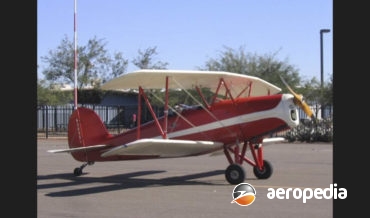
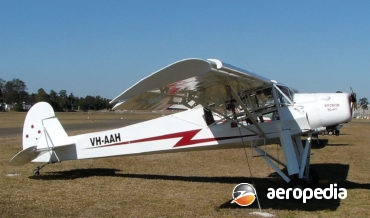

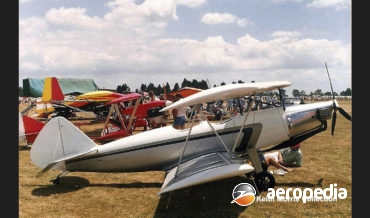



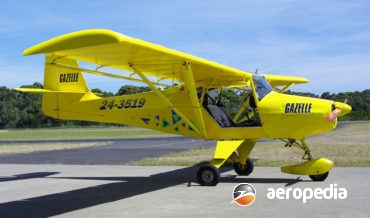
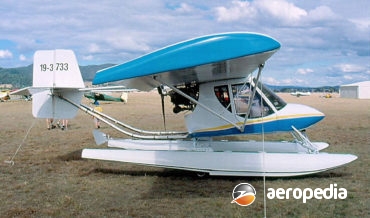

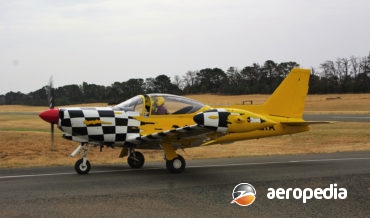
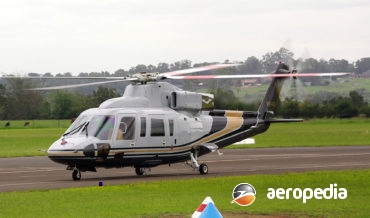




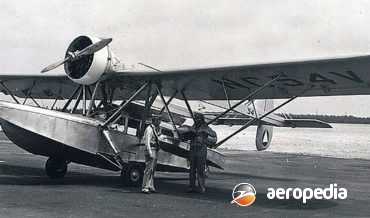
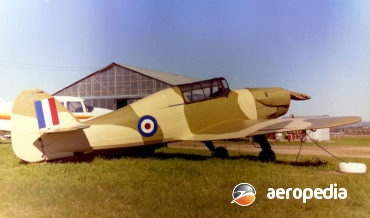
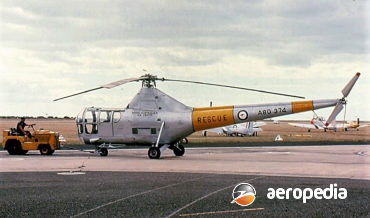

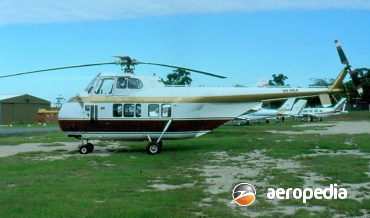


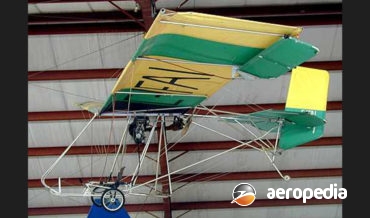



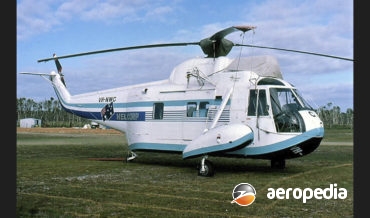
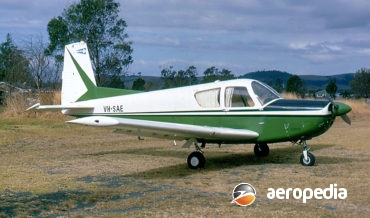
![SIKORSKY S-64 [ERICKSON AIRCRANE]](https://aeropedia.com.au/wp-content/uploads/2020/01/Sikorsky-S-64_Aeropedia-The-Encyclopedia-of-Aircraft-370x218.jpg?v=1579742669)
